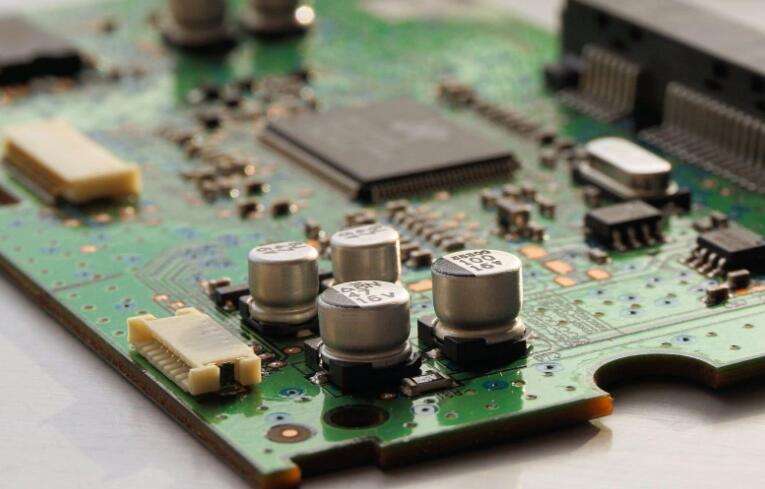PCB board manufacturer is well aware that the failure mechanism of PCB in the failure analysis of practical reliability problems is complex and diverse, so as in case investigation, SMT technical engineers need to have correct analysis ideas. Careful logical thinking and diverse analytical tools are needed to find the real failure reason of the PCB board. In the process, if there is any negligence in any link, it is very likely to cause the situation of "injustice, falsehood and error cases".

General analysis ideas for reliability problems
1. Collection of background information for PCB boards
The background information of PCB board is the basis of failure analysis of reliability problems, directly affects the trend of all subsequent failure analysis, and has a decisive influence on the final mechanism decision.
Therefore, before failure analysis, information behind the failure of the PCB board should be collected as much as possible, usually including but not limited to:
1) PCB failure range: failure batch information and corresponding failure rate
(1) If problems occur in a single batch in the production of large quantities of PCB boards or the failure rate is low, the possibility of abnormal process control will be greater;
(2) If the first batch or multiple batches have problems or the failure rate is relatively high, the influence of material and design factors shall not be excluded;
2) Pre-failure treatment of PCB plates: whether PCB or PCBA has undergone a series of pre-treatment processes before the failure occurs; Common pretreatments include baking before reflux. Is there lead reflux welding? Processes such as lead wave soldering and manual soldering are available. Detailed information about the solder paste used in each pre-treatment process is required when necessary. Steel mesh. Tin wire, etc.). Device iron power etc.) and parametric reflux curve. Peak welding parameters. Hand weld temperature etc.) information;
3) Failure scenarios: specific information about the failure of PCB or PCBA, some of which are invalid during pre-processing such as welding assembly, such as poor solderability. Layering, etc. Others are followed by aging. Testing even fails during use, such as CAF. ECM. Boards, etc; The SMT technical engineer needs to know more about the failure process and related parameter data.
Failure analysis of PCB/pcba
Generally speaking, the number of PCB board failures is limited, even only one piece. Therefore, the analysis of PCB board failures must follow the principle of analysis from outside to inside, from non-destructive to destructive layer by layer, and special attention must be paid to the analysis of PCB board process without premature destruction of the failure site:
1) Appearance observation
Appearance observation is the first step in the analysis of PCB board failures. By combining the appearance of the failure site with background information, experienced failure analysis engineers can basically determine the number of possible causes of failure and conduct subsequent analysis in a targeted manner. However, it is important to note that there are many ways to observe the appearance, including visualization. Handheld magnifier. Desktop magnifier. Stereoscopic and metallographic microscopes, etc. However, due to the light source. Different imaging principle and observation depth, the morphology observed by the corresponding equipment needs to be analyzed in combination with the equipment factors. Never make a preconceived subjective guess, which makes the failure analysis of PCB board go in the wrong direction and wastes valuable invalid products and analysis time.
2) Deep nondestructive analysis
Some PCB board failures are only observed by appearance, not enough PCB failure information can be collected, even the failure points can not be found, such as layering. Virtual soldering and internal opening require additional non-destructive analysis for further information collection, including ultrasonic testing. 3D X-RAY. Infrared thermal imaging. Short circuit location detection, etc.
In the phase of appearance observation and non-destructive analysis, attention should be paid to the common or heterosexual characteristics between different failure products, which can be used as a reference for subsequent failure judgment. Once enough information has been collected during the damage analysis phase, you can begin targeted damage analysis.
3) Damage analysis
The failure analysis of PCB plates is an indispensable and especially critical step, which often determines the success or failure of the failure analysis. There are many methods for damage analysis, such as scanning electron microscopy and element analysis. Slice horizontally/vertically. FTIR, etc. In this stage, although the failure analysis method is very important, it is more important for SMT technicians to have insight and judgment on the defect of PCB board, and to have a correct and clear understanding of the failure mode and mechanism, in order to find the true cause of PCB board failure.
Bare plate PCB analysis method
When the failure rate of PCB board is very high, the analysis of bare PCB board is also very necessary and can be used as a supplement to the failure reason analysis. When the failure of the PCB board during the analysis phase is due to a defect of the bare PCB board which leads to further reliability failure, then the bare PCB board has the same defect, after the same treatment process as the failed product, it will reflect the same failure mode as the failed product. If the same failure mode does not occur, then the cause analysis for the loss of the product is incorrect, at least incomplete.
Reproduction Test
When the failure rate is very low and cannot be helped from the bare PCB plate analysis, it is necessary to reproduce the defect of the PCB plate and further reproduce the failure mode of the failed product, so that the failure analysis forms a closed loop.
In the face of the increasing reliability failure of PCB board, failure analysis for design optimization. Process improvement. Material selection provides important first-hand information and is the starting point for reliability growth.